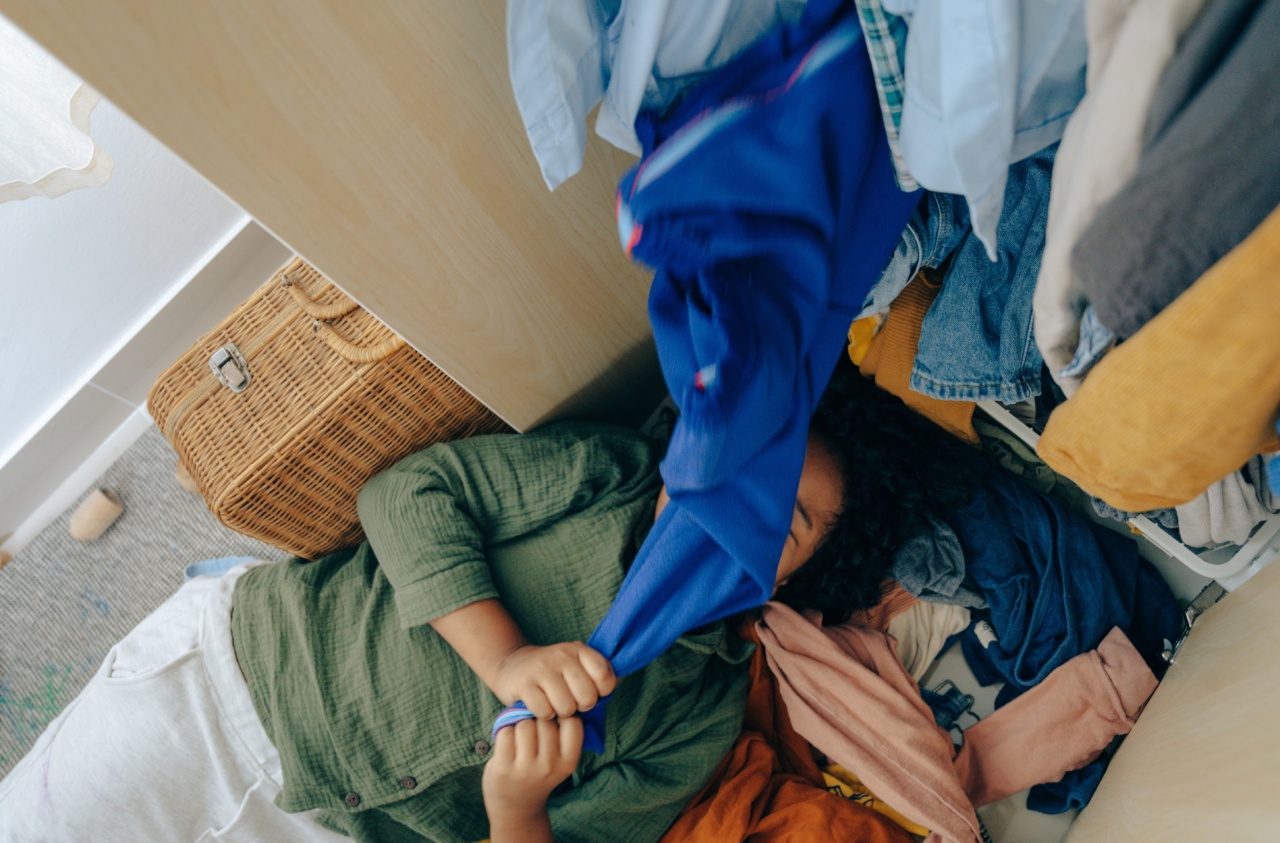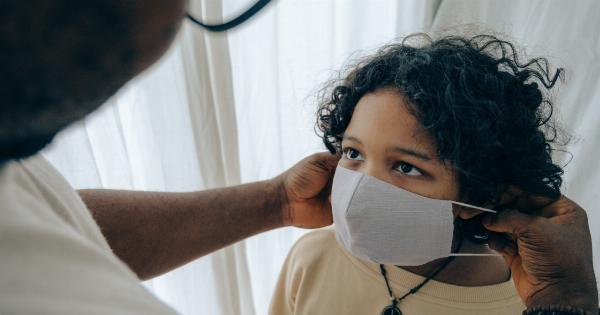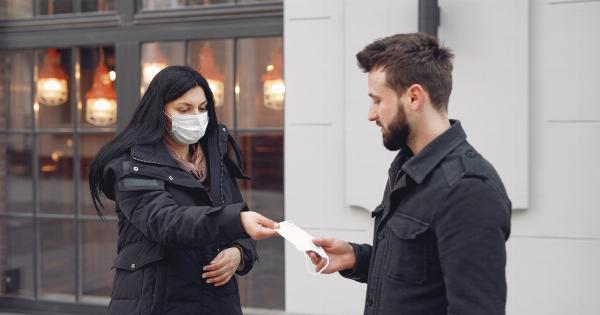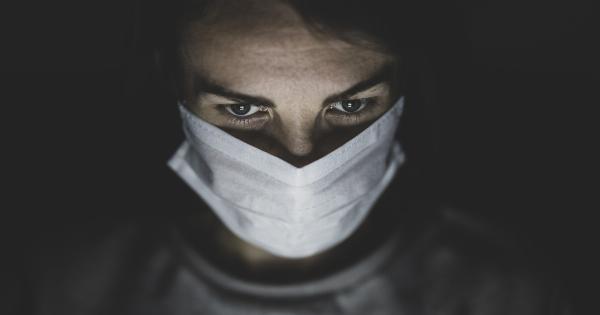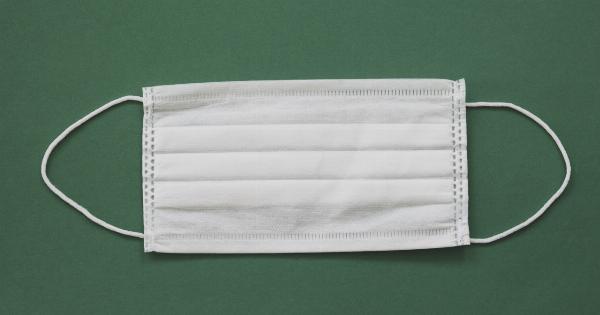As a parent, your topmost priority is to protect your children from harm.
And while you may be doing everything in your power to safeguard them from accidents, injuries, and illnesses, it’s evident that there are some dangerous sources of germs that you might have overlooked.
Germs are microscopic organisms that can cause diseases and infections. While not all germs are harmful, some can be deadly, particularly to children with weak immune systems.
Unfortunately, we are exposed to germs daily, making it essential to identify and understand the top eight dangerous sources of germs at home and beyond so that you can take appropriate action to protect your children.
1. Household Surfaces
Surfaces in your home, from countertops to doorknobs, are perfect breeding grounds for germs. Your children spend the most time in these areas that harbor germs, making it important to keep them clean and disinfected regularly.
Cleaning household surfaces can be done using soap and water or disinfectants, following the product’s instructions.
Parents should also ensure that their children regularly wash their hands for at least twenty seconds, especially after touching different surfaces around the house.
2. Public Transport
Public transportation, such as buses and trains, creates a conducive environment for germs to spread quickly. With many people coming in and out of these vehicles each day, it increases the risk of exposure to harmful germs.
To protect your children, ensure that they avoid touching their face while on public transport, and if possible, keep distance from fellow passengers. Additionally, always carry a sanitizer with you and remind your kids to use it regularly.
3. Public Restrooms
Public restrooms, including those in schools, restaurants, and parks, are a breeding ground for germs. It’s crucial to teach your children to avoid touching surfaces such as doorknobs and sinks in these restrooms.
They should also always wash their hands with soap and running water afterward.
4. Playgrounds
Playgrounds are popular, fun places for your children to play and interact with others. However, it’s also a place where germs thrive.
Ensure that your children avoid putting their hands or mouths on playground equipment, especially those with sharp edges or rust. Additionally, ensure that your kids wash their hands before and after playing on the playground.
5. Schools
Schools are some of the most heavily trafficked public areas, making them a prime location for germs to spread.
Ensure that your children’s school follows strict hygiene practices that include regular handwashing, disinfecting surfaces, and providing access to hand sanitizers throughout the day.
Teach your kids the importance of good hygienic practices and encourage them to practice these habits even while at home.
6. Hospitals
Hospitals are where people go to receive medical treatment and heal. Unfortunately, hospitals are also a hotspot for germs, putting children, especially those with weakened immune systems at risk.
If your child is hospitalized, ensure that they practice good hand hygiene and keep their hands away from their face. Additionally, encourage hospital staff to disinfect and clean surfaces regularly.
7. Animal Contact
While pets can be the best companions for your children, they can also expose your kids to harmful germs. When children come into contact with animals, they risk transmitting disease, leading to infections.
To protect your kids, supervise children’s pet interactions and always ensure that they wash their hands afterward.
8. Food
Food is essential for your child’s growth and development. However, it can also be a source of harmful germs. These germs can enter your child’s body and cause diseases and infections.
To protect your child, ensure that you follow proper food handling practices, from washing your hands before and after handling food to storing it properly in clean containers.
Additionally, ensure that your child eats healthy, balanced meals that are rich in nutrients to boost their immune system and protect them from germs.
Conclusion
To protect your children from harmful germs, it’s essential to identify the top eight dangerous sources of germs at home and beyond.
By following proper hygiene practices, adhering to food safety guidelines, encouraging good hand hygiene, and ensuring your child’s environment is always clean and disinfected, you can safeguard your children’s health and wellbeing.
